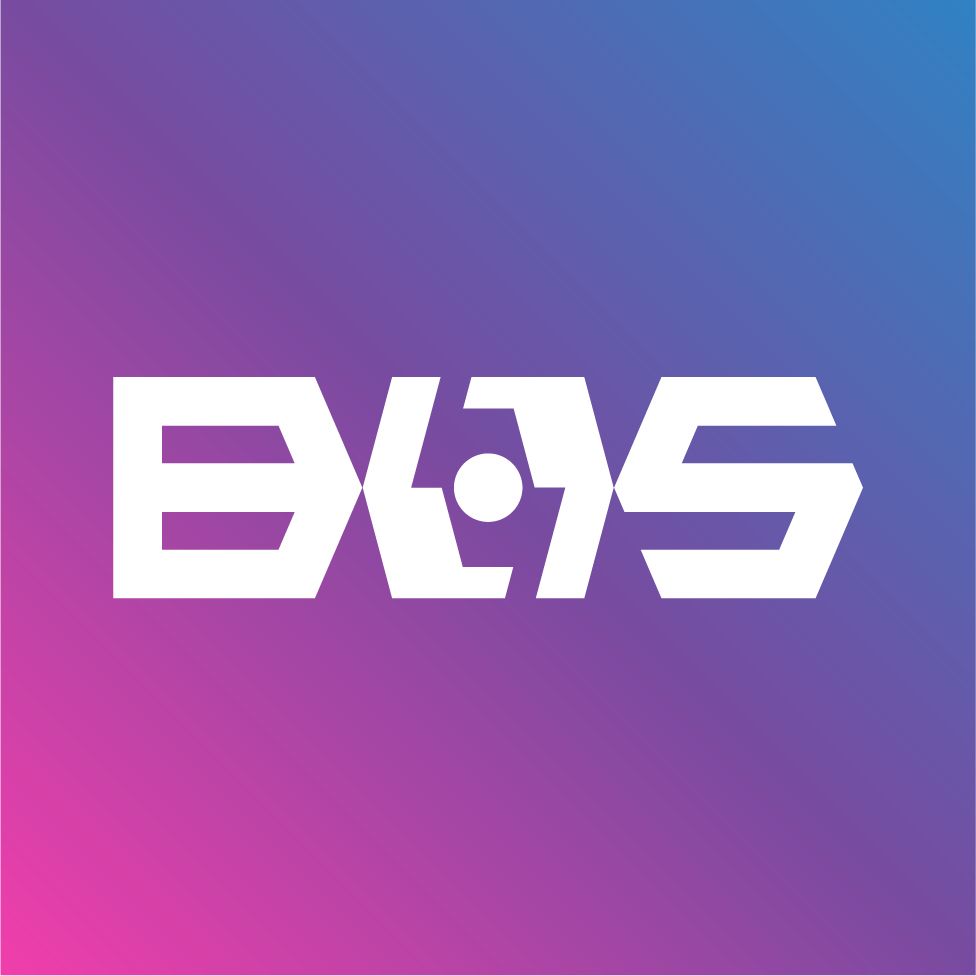3,212 reads
What is Tellor 360? - Upgrading Beyond Upgradeability
by
December 9th, 2022
Audio Presented by

The Blockchain Oracle Summit is the only event in the world to focus solely oracles.
About Author
The Blockchain Oracle Summit is the only event in the world to focus solely oracles.